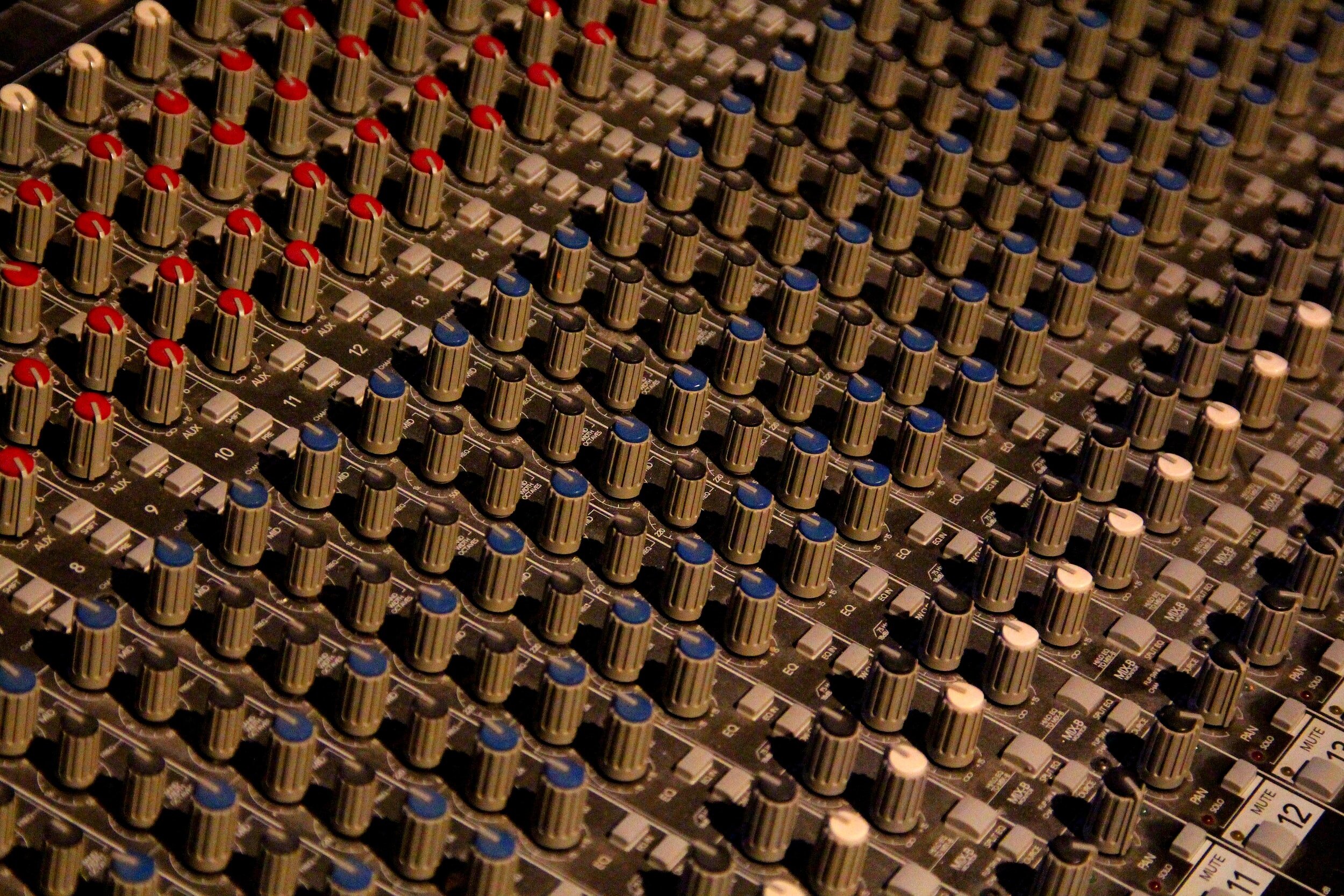4 Strategies to Find YOUR True Voice: the Singing Artist
When you sing do you feel like you are just copying everyone else?
Do you wonder what it means as a singer to “just be yourself”?
Do you ever feel like the voice that comes out of you when you sing isn't your "real voice"?
Then this blog is for you.
As a holistic voice and breathing coach and multi genre performer, I know firsthand how frustrating it can be to struggle to break through the mindset challenges that come as you make that transition from imitator to artist. Sometimes it helps to take a look at how we make sound, and then use that to inform our mindset. As we learn, I'll give you 4 strategies to get you to a place of authenticity and honesty in your own voice.
So, let’s take a real quick look at how singers make sound and how we can tweak our mindset to maximize our artistry
Don't fight against what your voice is naturally wanting to do
We are a wind instrument. Just like every other wind instrument, we are a sum of our parts. The business part of our noise maker is in our throat. If you can think of your throat and mouth as the tubing and mouthpiece, sometimes that helps. Ask your tube how it likes to make sound. Explore different ways of finding resonance. Don’t worry about whether you are doing it right. Just see what feels good to you.
In singing, there is no right or wrong sound; adjust to bring in the colors YOU want in your voice
Whatever shape we put our tube in in will create tone changes (and vowels and consonants of course)! We can lengthen or shorten, widen or narrow, or even change how we make sound down at our vocal folds. I like to think of each of these things as a dial or control knob. Experiment with widening or narrowing the throat, opening or closing the mouth, moving the tongue back and forth, while you hold a note. Notice how the sound changes. These are all YOUR sound. And then you can choose what you like best and hang out there for a while.
Allow the sound to happen when you sing, don’t force your voice to “make it happen”
Every space has its own resonance. That sounds kind of complicated but really it’s not. When you are in a big empty space and you make a noise, the big empty space takes that sound and bounces it around the room, amplifying it and making you sound big and boomy. Whatever the space amplified is according to its own resonance. That’s why a big empty room makes your voice sound boomier than a small stuffed room. The same thing happens inside our throat (pharynx) and mouth. If we allow our voice to play around in there, it will start to build more and more resonance.
Set rules when you are singing, then break them
As you explore your voice, set super safe boundaries and then give your voice permission to break the rules as it feels safe. Start with one little thing, a tone color change, a scoop, a little riff, or anything that feels really natural to you. Do that one little thing until it is so easy and natural that you are bored with it, and want to try something new. Little by little you will find yourself incorporating all the different things as part of your every day singing “vocabulary”.
I like to teach in analogies, and one of my new favorites is about surfing (disclaimer, I don’t surf at all!). There is lots of skill involved with surfing, and there are some general body positions, strength, flexibility and conditioning involved. But the biggest skill of all could arguably be the ability of the surfer to go WITH the wave. They don’t fight the wave, and they don’t try to make the wave do something different. They react to it, and adjust accordingly. This is the trick to singing too! As you build your skills, you realize more and more that you are not “controlling” your voice, but instead you are simply riding the wave.
Enjoy the ride.
I’d love to hear from you! If you have any thoughts, questions, or just wanna school me on what really happens in surfing, drop me a line!






